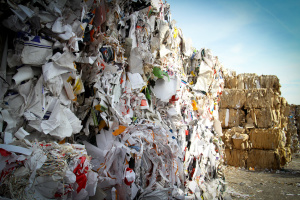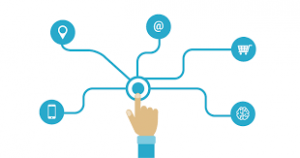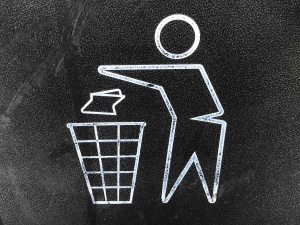Sustainability is the talk to this century. We often hear about going sustainable and each of us has thought about it at least once. But many believe that it is hard and living sustainably enough to make a difference requires a serious lifestyle overhaul. It is not that people are apathetic towards their actions but just misinformed.
Want to go sustainable, but don’t know where to start? Well, the answer lies in all the little things. Every little bit counts. It is rightly said that “little things done by many little people from little places all over the world can make all the difference” and each of us needs to step up to our plate and do our bit.
Here are some tips for beginners that can help you start living a sustainable lifestyle:
1. Reuse:
Bring in a few new products as you can. Use reusable products such as bags, bottles, tiffins, jars, etc. Use both sides of papers for printing or writing. Use clothes as much as possible and donate them instead of throwing them away. The more you reuse, the more you reduce the amount of waste going to the landfills.

2. Recycle:
We have been hearing this since we can remember, right? But if you’ve been too laid back to sort your stuff and start recycling, now would be a good time. Remember, no waste is non-recyclable. Everything has a use. One man’s trash is another man’s treasure (or in this case raw materials). Just make sure you segregate your waste and throw away as little as possible.

3. Carry your cutlery:
Plastic has created global havoc. In spite of the reduction in the use of plastic bags, single-use plastic cutlery such as spoons, forks, and straws are still used widely. And although eco-friendly cutlery is an easier option, it also contributes to waste eventually. The best option here is to use reusable metal cutlery. Just carry one in your own pocket, use, wash and reuse!
4. Less is more:
Sustainability is a lifestyle. It is a habit. The main objective is to leave behind as little as possible. The easiest way to do this is to useless in the first place. The simpler life you lead, the healthier and more sustainable it is. Lesser your needs, lower is your carbon footprint!
5. Digitize your life as much as possible:
Replace as much on-paper documents with e-mails and online media. Use cashless online banking services. Do not print receipts at the ATM. Did you know: About 50 million gallons of oil, 10 million trees, and 1 billion gallons of water are used each year just to create receipts. And the worst part? Most of them end in the trash!

6. Go back to your traditional roots:
Our traditions and cultures are deep-rooted into nature. Most of them were created when there was no technology and the resources directly available in nature were used. These traditions are crafted around human needs rather than greeds and are the epitome of sustainable living. Our ancestors lived full and healthy lives. Following in their footsteps as much as possible is, therefore, recommended.
7. Simple living:
Our current lifestyles are fast and our demands are only ever-increasing and we have become entirely dependent on technology. Not only is this unsustainable but also unhealthy. Leading a simple life with fewer needs is a way to be sustainable, fit and also happy.

8. Education:
Last but not least, educate yourself on what more you can do to lead a healthy and sustainable lifestyle. Read more about the products that you use and which ones can be used instead. Make yourself and others aware and take conscious efforts to lead a better life!

Leading a sustainable lifestyle is not an unachievable task. It just requires a conscious effort on each of our parts. We all have to realize that this is not an option anymore. We are in a crisis and we have to all do our parts in preventing further damage to the earth before it’s too late!

